About a billion years after the Earth formed, the first signs of life emerged. These were just single-celled microbes, but through billions of years of evolution, scientists think that one of these organisms became a common ancestor to all life, including animals.
Evolution has shaped life ever since it first emerged, progressing for more than 2 billion years before the first animals evolved from their primal ancestors. Since then, the animal kingdom has adapted to fill niches nearly everywhere on the planet, from the sea to subterranean tunnels.
Evolution encompasses the changes species undergo over long time periods. It describes how a species' gene pool can gradually change over time, thanks to random DNA mutations or sexual reproduction introducing new genetic combinations. Traits can emerge that help individuals survive to reproduce and pass on their genes to future generations.
Nineteenth-century naturalist Charles Darwin used natural selection, or "survival of the fittest," to describe a major aspect of evolution. According to this theory, individuals with traits better suited to the environment are more likely to survive to pass on their traits to offspring. For example, if there are a few beetles with superior camouflage in a group with other beetles that stand out, the camouflaging beetles will have a higher chance of surviving and reproducing. Over many generations, the species will adapt to their surroundings as more beetles with that camouflage trait make up the population.
Evolution is driven by interactions between genetics and nature, and the Earth's rock layers preserve a record of this process. By studying fossilized remains, scientists can learn about how modern animals evolved.
But how these animals came to live where they live, look the way they look, and do the things they do is rarely obvious. By consulting scientific research and news articles, Stacker compiled a list of 25 animal evolution questions and answers to explain some of those mysteries, from why giraffes have such long necks to how ants can carry 50 times their body weight. Read on to find out how evolution has led to the diversity of animals on the planet.
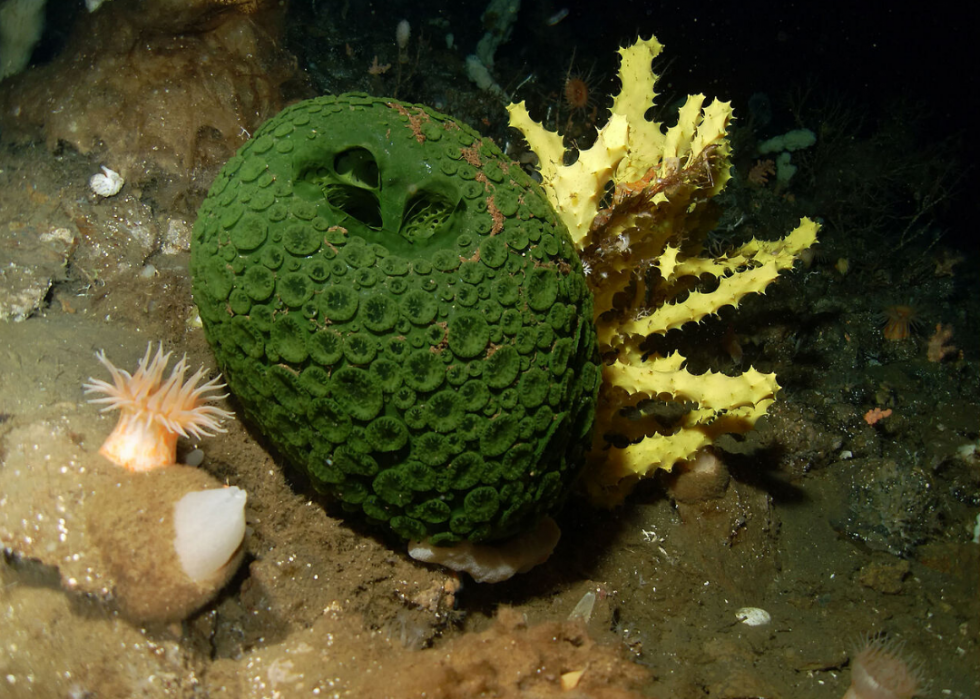
What was the first animal to evolve?
For biologists to call it an animal, an organism needs to be able to eat and must consist of multiple nucleus-containing cells that have specific functions. Sponges, filter-feeding organisms often anchored to rocks or the sea floor, were the first animals to evolve around 600 million years ago. Scientists theorize that sponges arose from colonies of single-celled organisms that eventually evolved into a multicellular animal, with groups of cells evolving into specialized cell types.
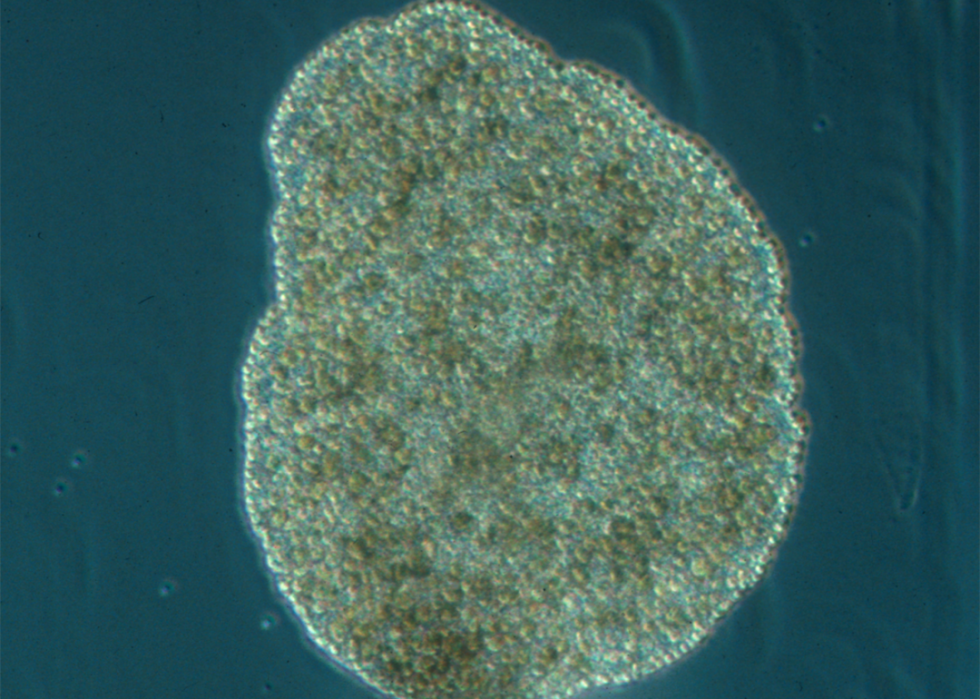
What's the simplest known animal?
Trichoplax adhaerens is the simplest animal known, just three cells thick, lacking nerves, organs, and even a mouth. Trichoplax, an evolutionarily old species, make up for their boring physique with their interesting genes.
Trichoplax have the same genes of more complicated animals, including ones that help create nerve cells. This suggests that early on in animal kingdom history, creatures like Trichoplax already possessed genes needed for more complicated forms, and later animals merely evolved different uses for those genes.
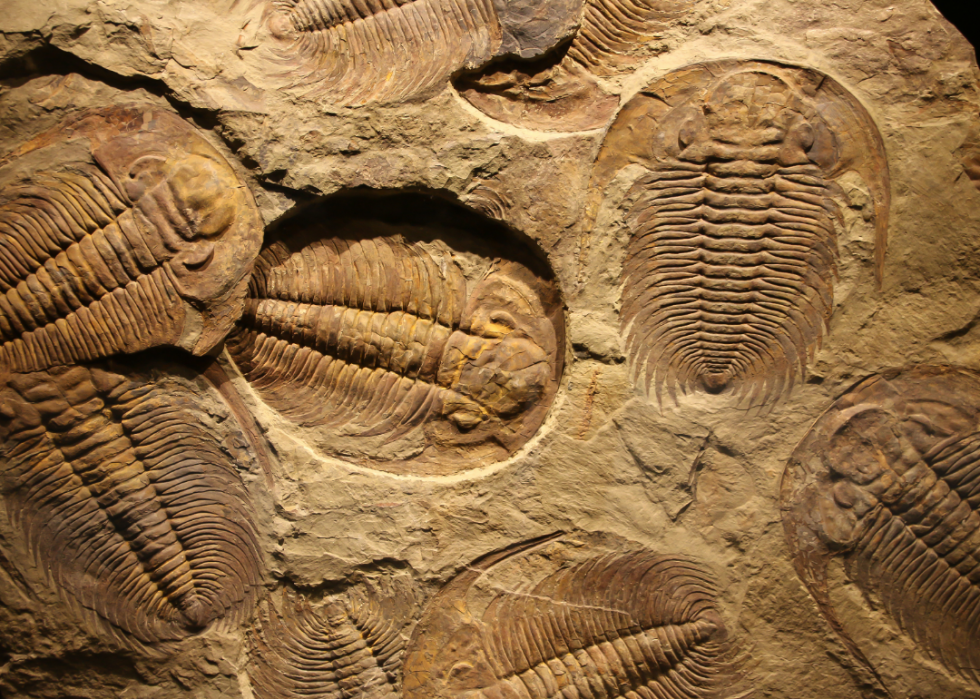
Why are there gaps in the fossil record?
The preserved remains and impressions of life forms found in ancient rocks, some dating back to the times of the early microbes, is known as the fossil record. While it contains a wealth of information, from evidence of 600 million-year-old sponges to preserved teenage T. rex bones, there are some apparent gaps in our planet's evolutionary history.
For example, for a while scientists lacked any fossil evidence indicating how vertebrates transitioned from the ocean and evolved limbs necessary for life on land until a few years ago, when they finally found the "missing" fossils. Other gaps may exist simply because the conditions necessary to fossilize didn't happen—less than a 10th of 1% of all species that have lived on Earth have become fossils.
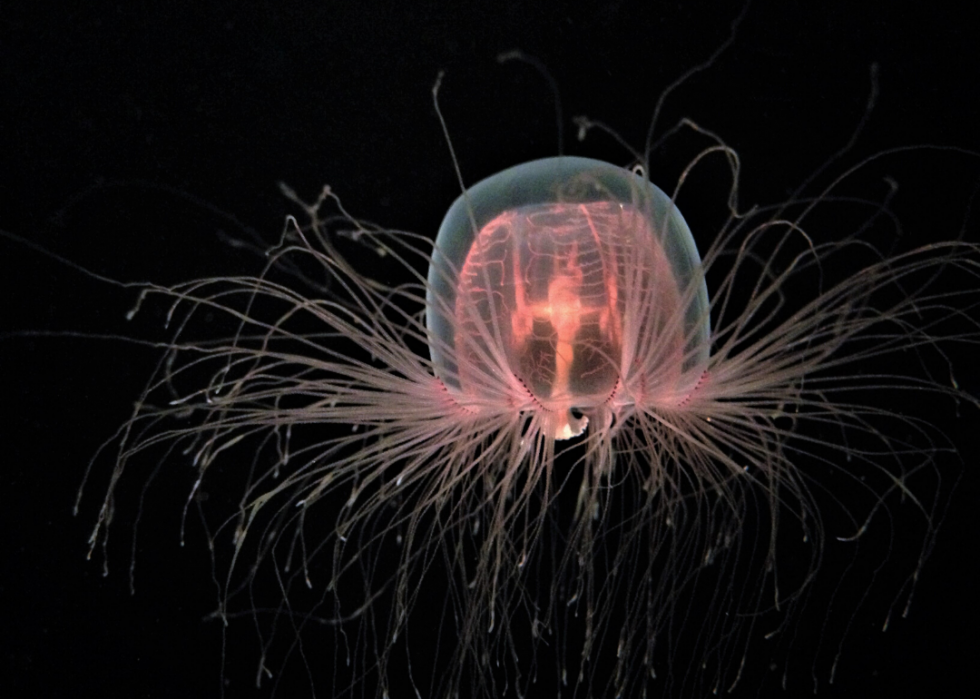
Are immortal jellyfish really immortal?
No, they're not truly immortal jellyfish, but Turritopsis dohrnii, as it's known among scientists, can reverse age: If it's in the adult stage of the life cycle, it can revert back to its juvenile stage. This species is often likened to Benjamin Button.
Scientists have yet to fully understand how these jellyfish developed their abilities, but they're learning that other jellyfish species might have evolved similar propensities.
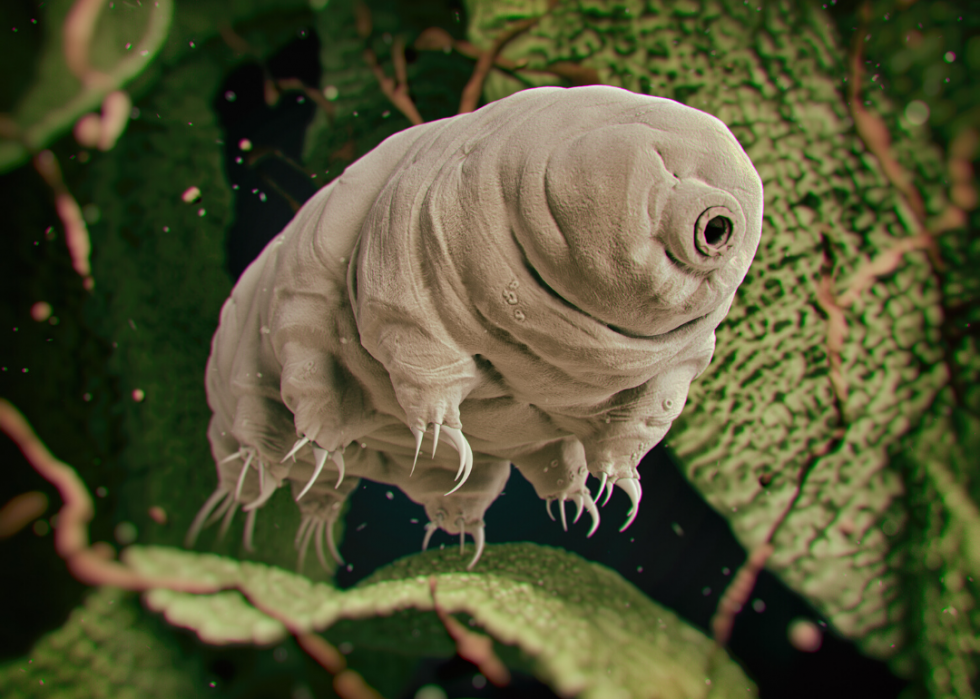
Where did tardigrades come from?
Tardigrades, more commonly known as water bears or moss piglets, have a reputation for being nearly indestructible. These microscopic creatures can survive extremely dry conditions, withstand temperatures from near absolute zero to 300 °F, and exposure to outer space.
But how these animals came to be is still a mystery. From analyzing the genomes and body structures of different tardigrade species, scientists have theorized that tardigrades' closest relatives are either nematodes or arthropods.
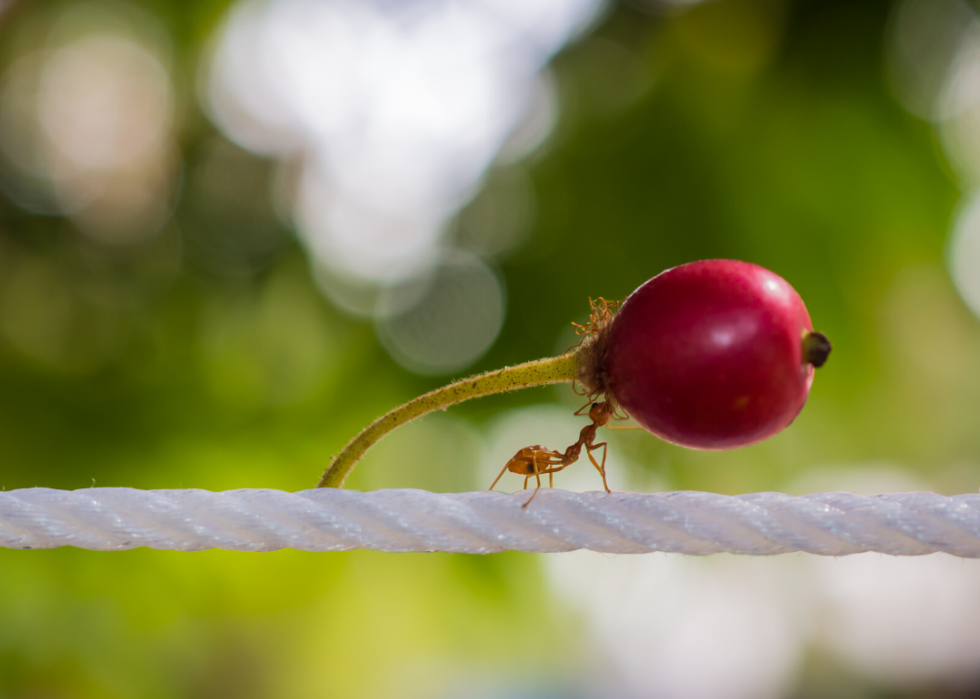
Why are ants so strong?
Ants are commonly spotted carrying bits of food and even pebbles back to their colonies, lifting 50 times their body weight. Ants, and other insects, are so strong because of their strength-to-weight ratio: Compared to a larger animal, less mass means that ant muscles don't need to work as hard to support the body, leaving more power available for heavy lifting.
Insects can thank Earth's atmosphere for their body composition, as bugs used to be larger, but shrank over time when Earth's oxygen levels decreased.
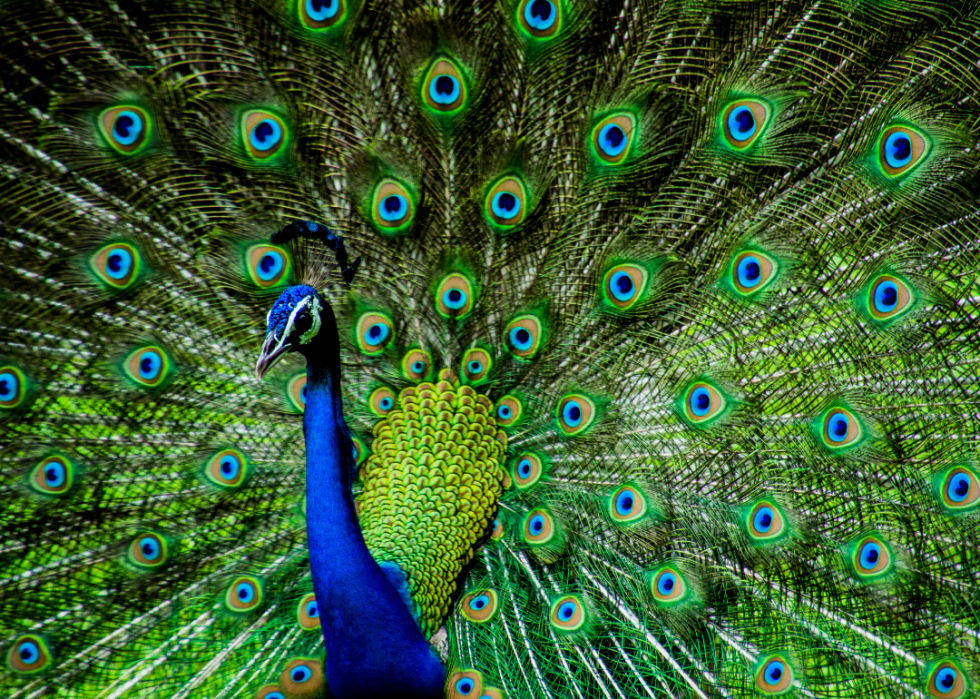
Why do peacocks have such showy feathers?
Peacocks evolved their display because of sexual selection, according to Charles Darwin. Peahens were selective with their mates and would only choose the most impressive peacocks to pass on their genes to the next generation.
This meant that the next generation could have yet more flashy birds. The theory of sexual selection asserts that peacocks and other male birds evolved their feathery displays and elaborate mating rituals because their female ancestors chose the birds with the most impressive features.
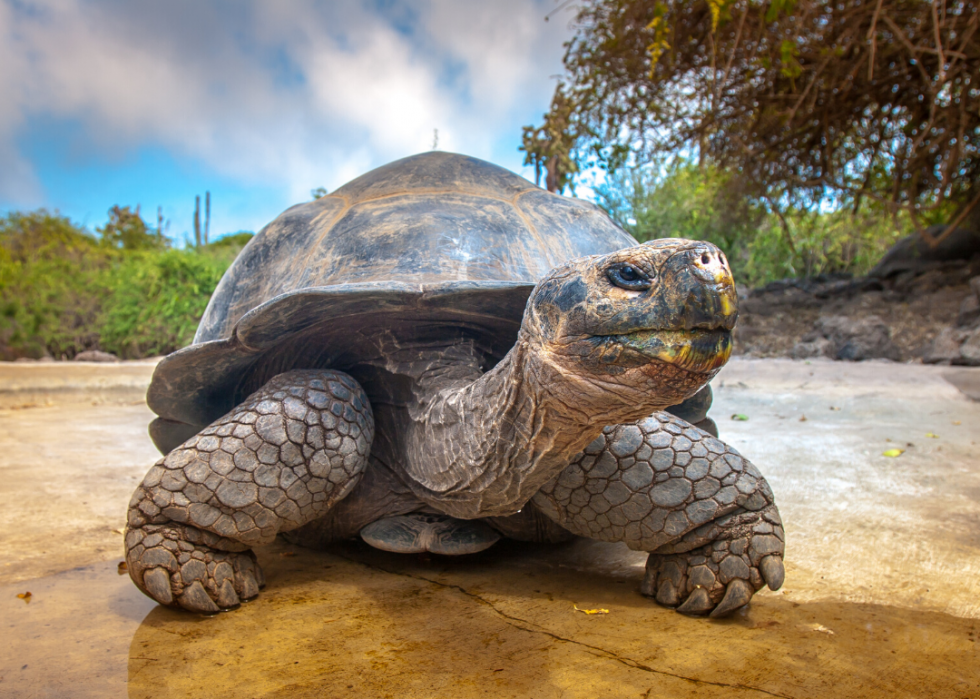
Why do turtles have shells?
From studying turtle embryos, scientists know that a turtle's shell originates from its ribs and vertebrae. This form originated over 250 million years ago, by which time modern turtle ancestors that lived on land had evolved half a shell, expanding from the lower ribs and covering their underside.
Scientists debate why the shell evolved, but one idea is that the bottom half evolved to help early turtles dig into muddy river banks, and the rest of the shell evolved as a protective mechanism as slow-moving turtles transitioned to aquatic habitats.
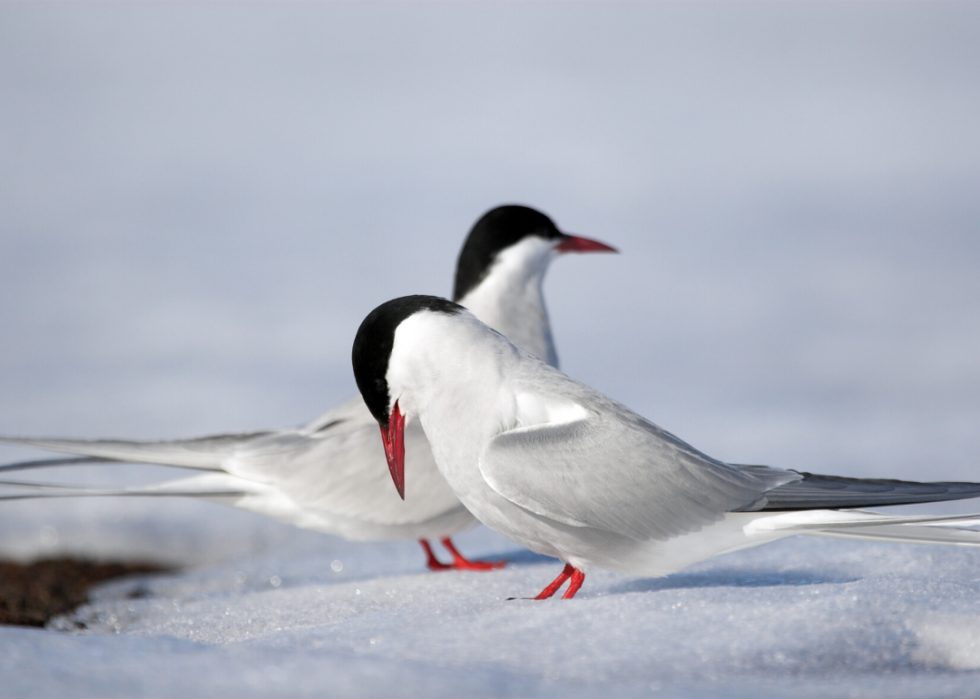
How can a 3.5-ounce bird make the world's longest migration?
Arctic terns are no bigger than a quarter of a pound but complete the longest migration on Earth each year, flying about 60,000 miles from Greenland to Antarctica and back. The birds' lightweight physique allows them to glide with the wind, taking a circuitous route on their flight, and helps them preserve energy.
Scientists still aren't sure why birds evolved these arduous migrations, although a popular theory holds that birds' annual searches for food or breeding grounds slowly expanded over time.
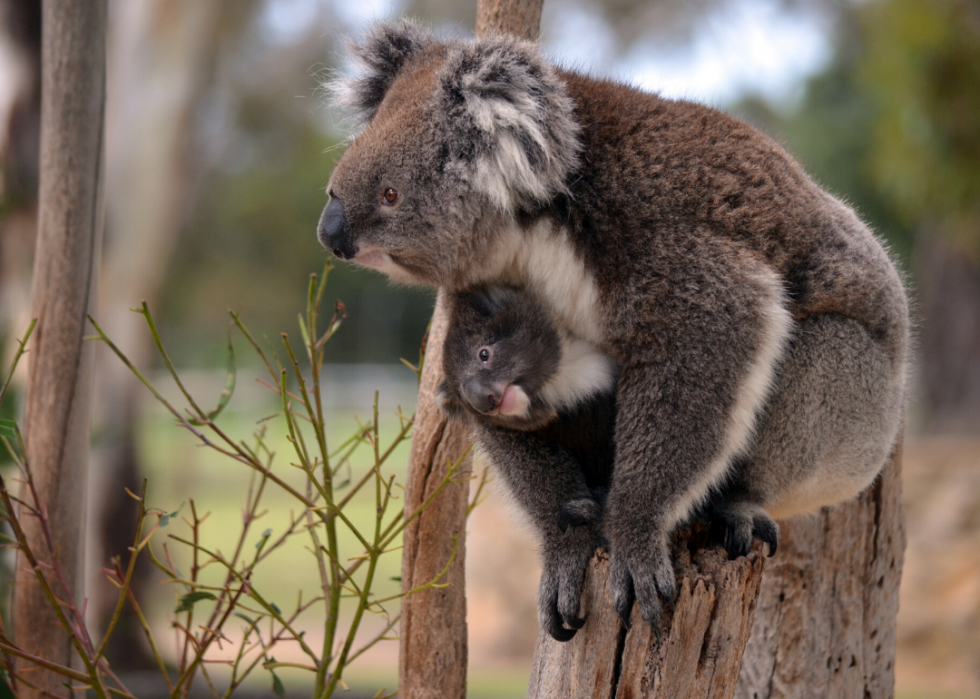
Why are there so many marsupials in Australia?
While scientists aren't sure why marsupials have been so successful in Australia, they do know how these mammals arrived. Marsupials are mammals but give birth to undeveloped young that finish developing in the mother's pouch. They began evolving around 160 million years ago, and the oldest marsupial fossils are from North America.
The fossil record shows that over tens of millions of years, as marsupials evolved, they spread to South America—where they still thrive—and then spread through Antarctica, which was warm, lush, and close to South America 40 to 35 million years ago. From there, Australia wasn't too far away.
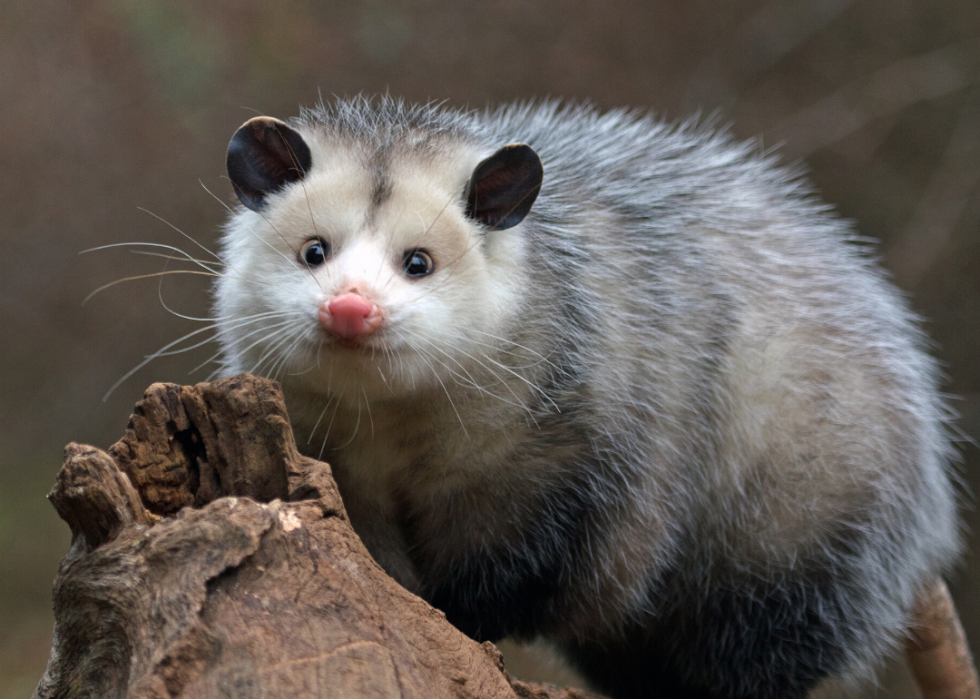
What's the difference between a possum and an opossum?
Opossums are mostly native to South America, with one species living in North America, and possums are native to New Guinea and Australia. While both are marsupials, possums are more closely related to kangaroos. Apart from evolving in different places, the two also look different, with possums having generally shorter snouts.
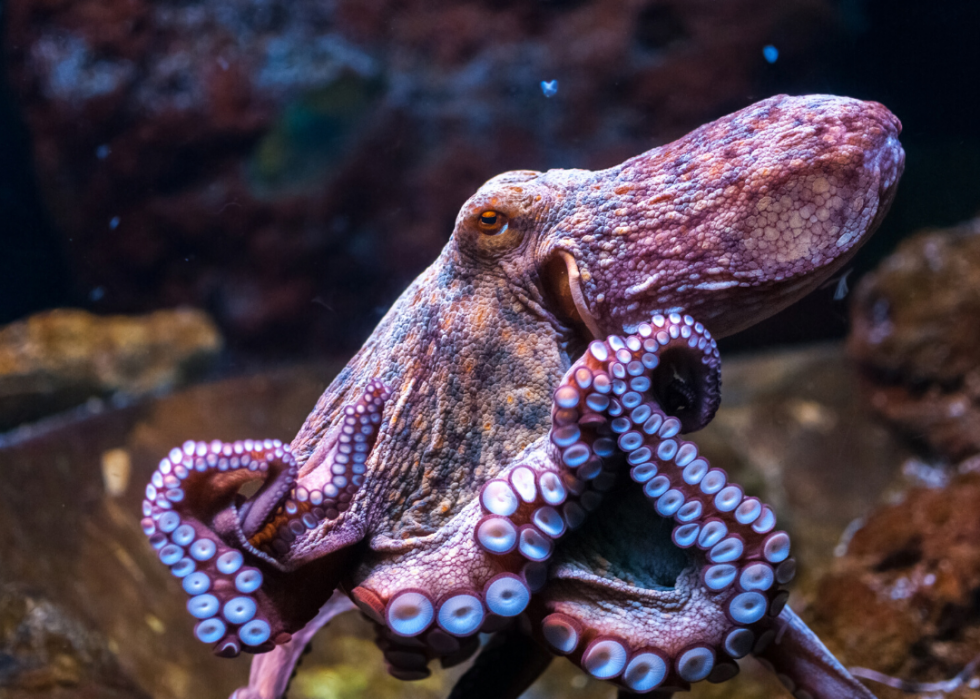
How does the octopus change colour?
Octopuses can change colour with the help of muscles that regulate the size of pigmented cells called chromatophores in their skin. Between 160 and 100 million years ago, modern octopuses and their relatives, squids and cuttlefish, began to emerge, losing the shells of their ancestors, becoming faster—and becoming predators. Around this time, they also started to develop larger brains that control the muscles surrounding the chromatophores, allowing the octopus to change colour.
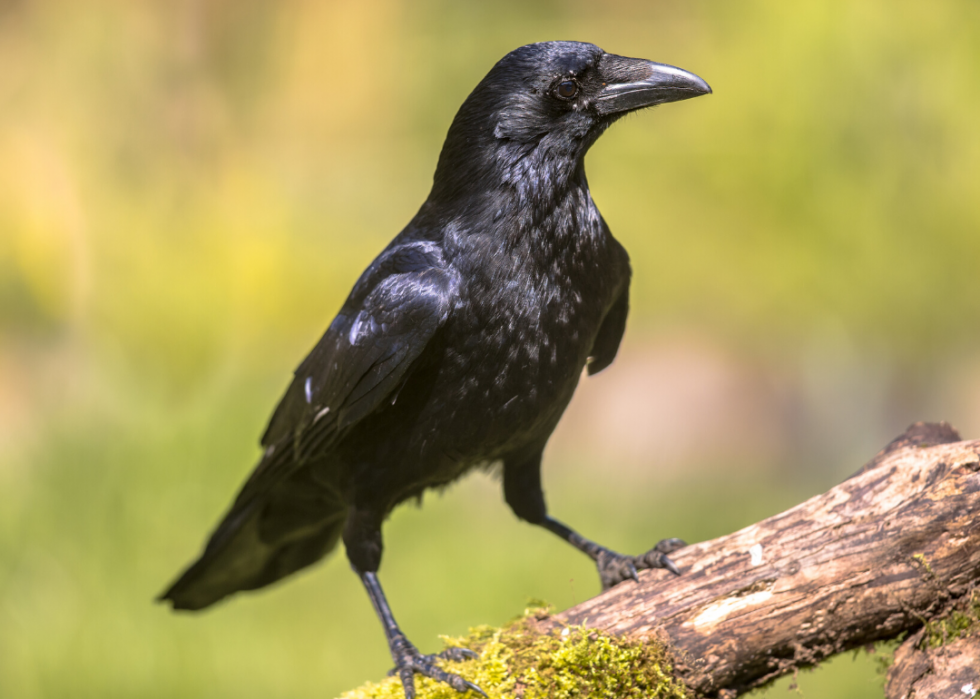
How did crows get so smart?
Crows are intelligent birds, known to use tools to grab insects from inside trees, to communicate with gestures, and to remember people who've posed a threat. While crows haven't evolved the same brain structures that give humans and primates their intelligence, they do have dense clusters of brain cells that impart some similar cognitive skills.
The complicated behaviours crows display, like hoarding food for later meals, may have evolved because it helps them survive. Studies also show that, like primates, crows have an impressive working memory, which allows them to remember and use information over short periods.
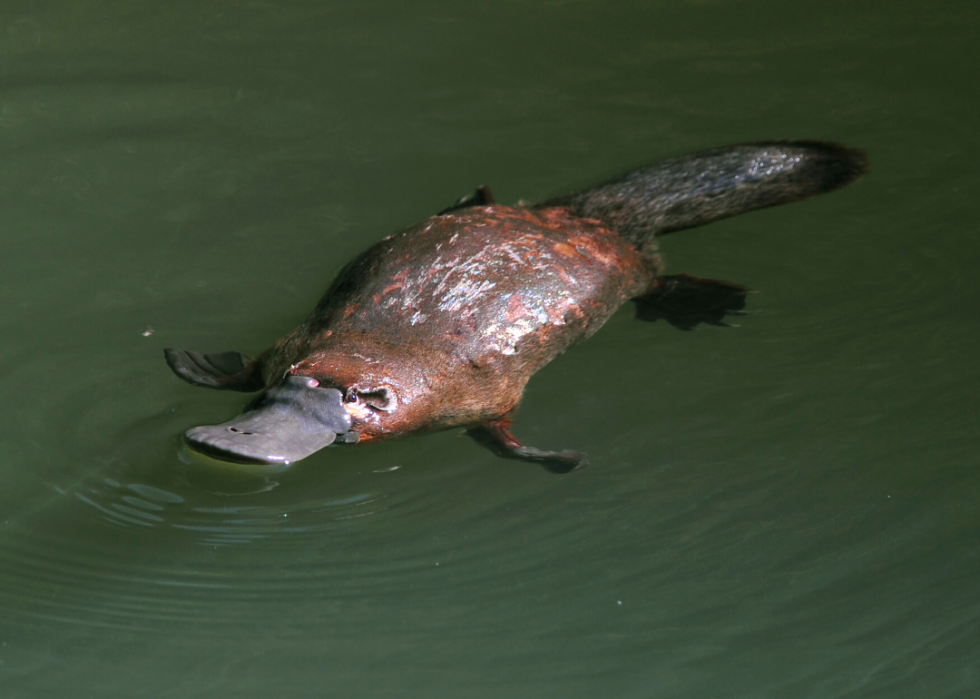
Why do platypuses lay eggs?
Platypuses are one of the world's five monotremes, or egg-laying mammals. Platypuses' distant ancestors, mammal-like reptiles, split from reptiles roughly 280 million years ago, giving way to the monotremes. Scientists think they evolved before marsupials or placental mammals.
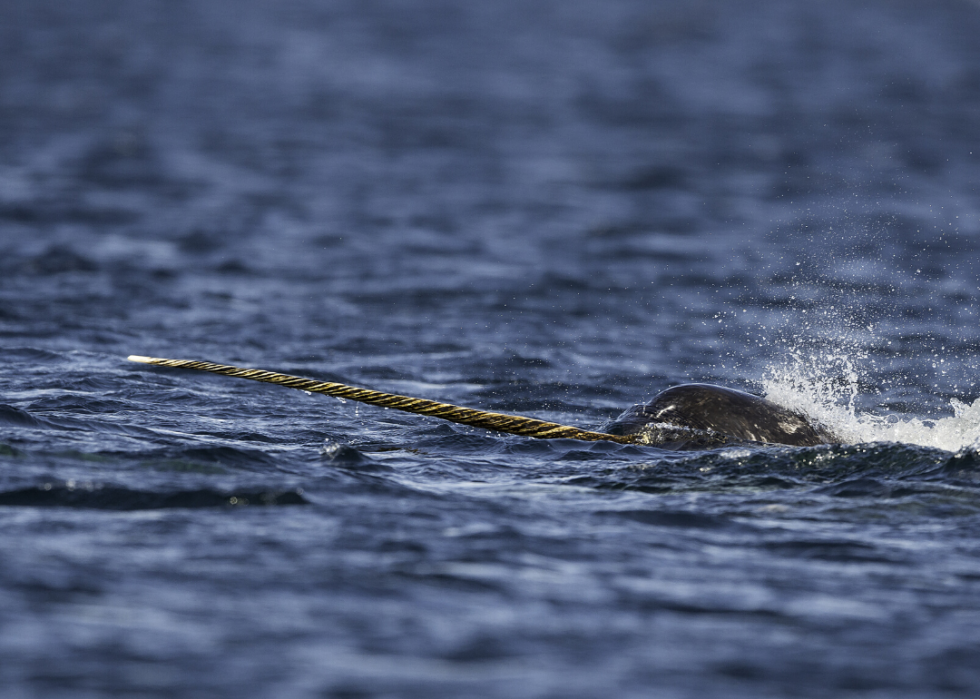
Why do narwhals have tusks?
These "unicorns of the sea" are actually whales with a long, spiralling tooth sticking out from their upper lip. Since most male narwhals have these tusks and most females do not, some scientists think that the tusk evolution is a case of sexual selection.
Longer tusks usually also signal larger testes, another reason why scientists think the tusk is connected to a male's reproductive fitness. But the tusk is also highly sensitive, and may be a sensory tool for detecting changing conditions in the ocean; a 2017 video even shows, for the first time, that some narwhals use it for fishing.
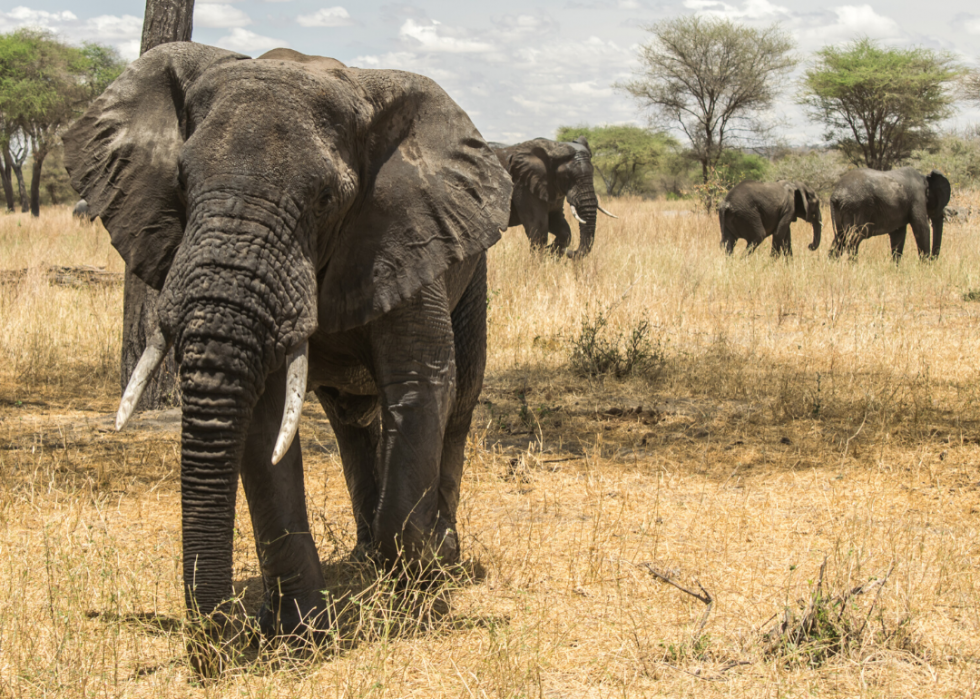
Do elephants ever forget?
Elephants do have strong long-term memories, probably because they've evolved large memory-related brain regions. In the brain—this goes for the human brain as well—the temporal lobe holds important structures for making and storing memories, and this region is well-developed in elephants.
According to 2019 research published by Scientific Reports, elephant brain size seemed to increase with larger body size throughout the ages, with brain size increasing significantly several times in history, corresponding with climatic and environmental changes. Scientists think it's possible that elephants with larger brains might have been better equipped to survive these events, though researchers caution that this does not mean natural selection focuses on intelligence.
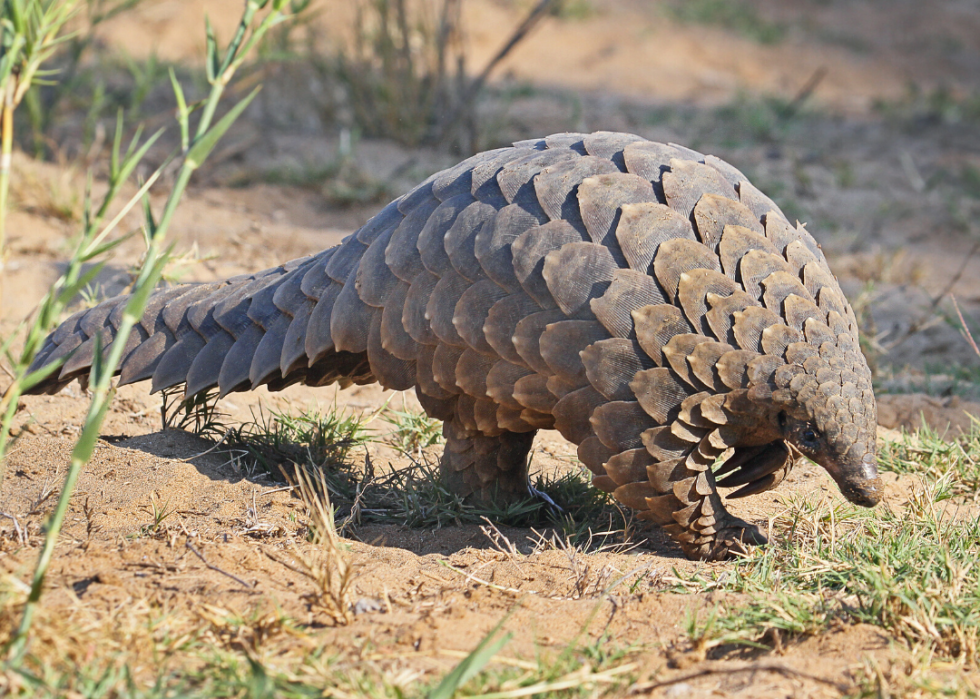
How did the pangolin get its scales?
Pangolins hold the title of the sole mammal completely covered in scales. The pangolin evolved these scales for protection: When under threat, they curl into a ball, much like armadillos, protected by their scaly armour—though these two species are not closely related, evolutionarily speaking. Scientists still don't know how the pangolin became the only mammal to have scales covering its skin. Fossils suggest that pangolins, which are native to Asia and Africa, originated in Europe some 31 to 45 million years ago.
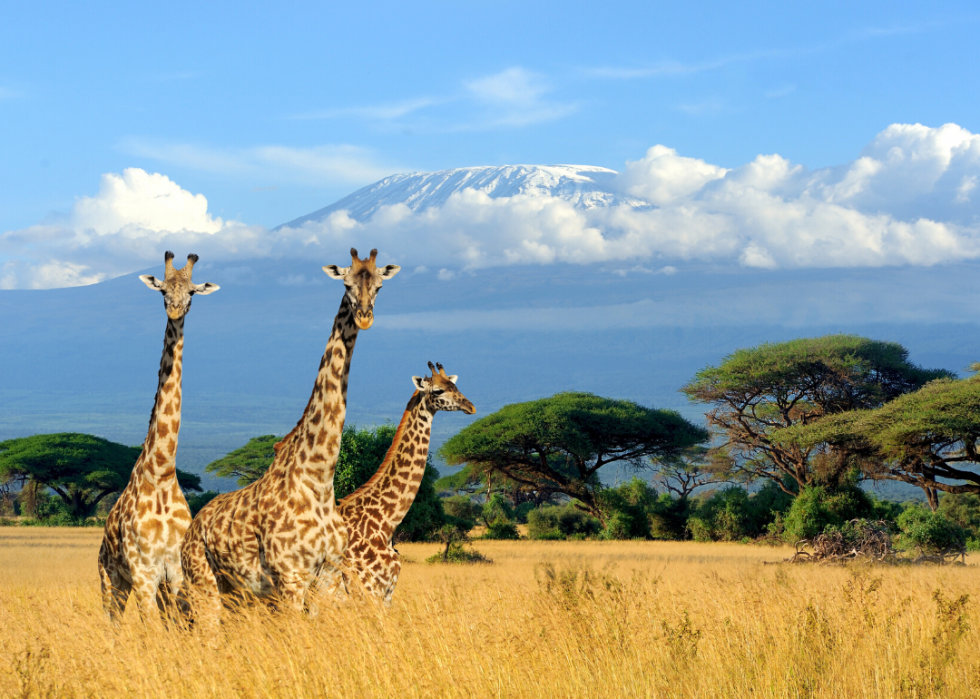
Why do giraffes have long necks?
Giraffes evolved from antelopes, some of whom happened to have longer necks than others. Between the span of 15 and 9 million years ago, these antelopes evolved in animals that look like the giraffes in existence today. Some scientists believe that sexual selection allowed the long necks to proliferate. The fact that male giraffes compete with each other by fighting with their necks, and the fact that females seem to prefer males with longer necks, offer some support to this idea.
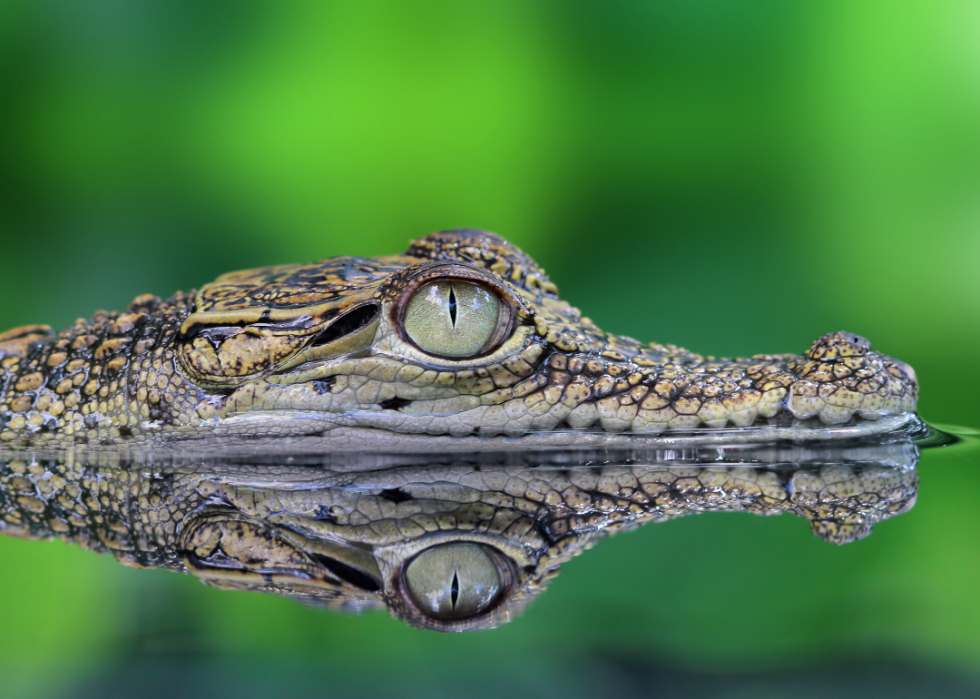
Are crocodiles related to dinosaurs?
Given enough time, say tens of millions of years, organisms tend to change, adapting to new surroundings and evolving improved physiques and behaviours. But crocodiles are fairly similar to their ancestors of about 200 million years ago when they lived alongside dinosaurs. They're part of a class of reptiles called archosaurs, which includes birds and dinosaurs, but evolutionarily, birds are the closer relative to crocodiles.
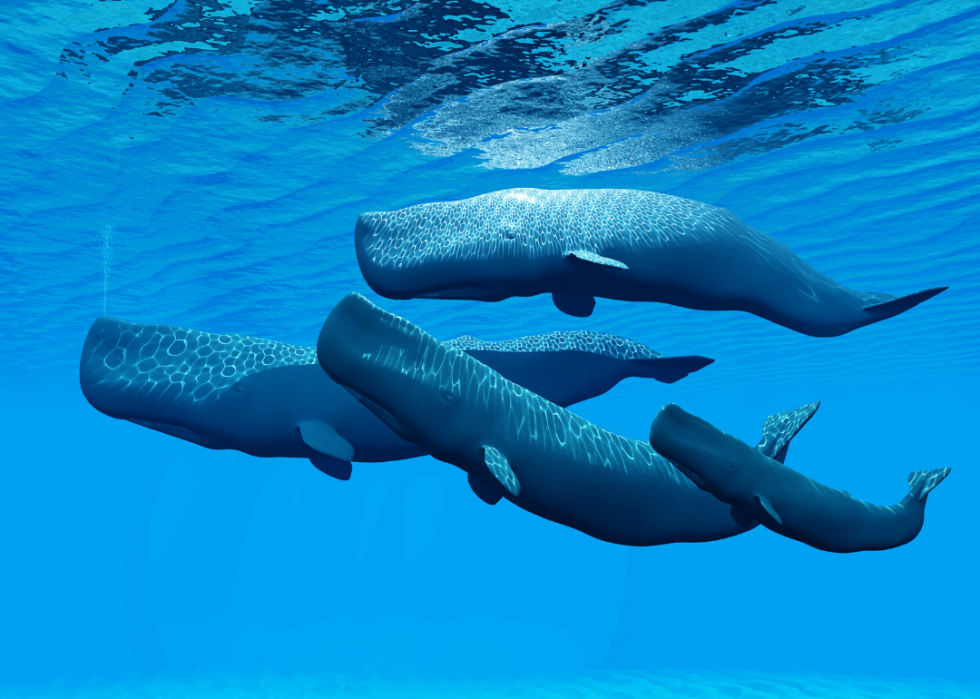
Which animal has the biggest brain?
Sperm whales have the largest brains in the animal kingdom. While sheer brain size offers no guarantee about animal intelligence, scientists studying whales and dolphins have observed that species with larger brains relative to their body size tend to have more complicated societies, too. Sperm whales, for example, communicate to organize babysitting and hunting duties, and those from different regions seem to vocalize with their own dialects.
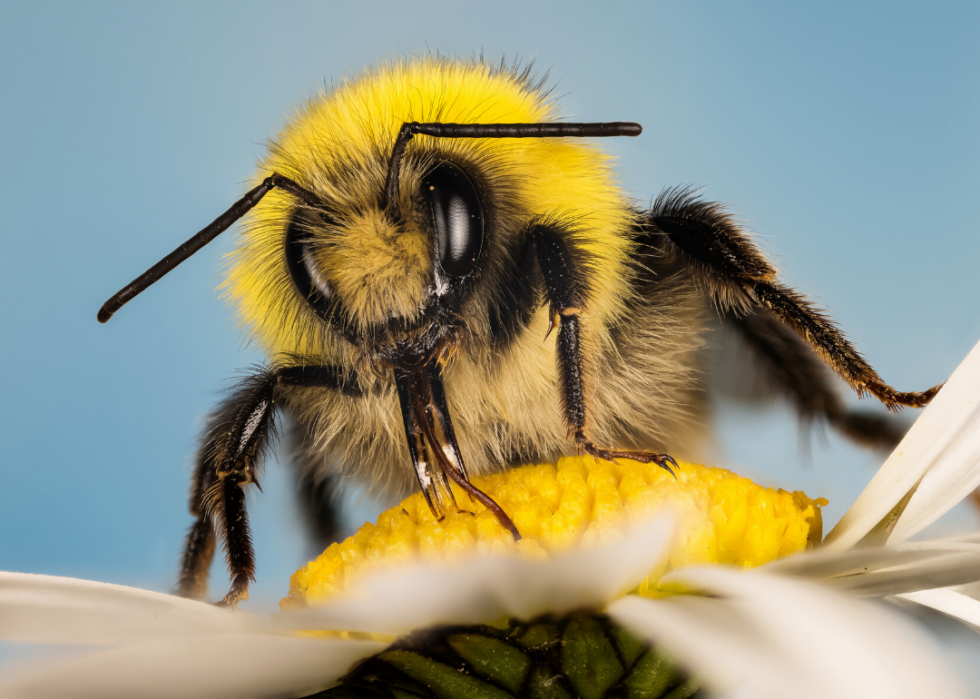
Do bumblebees have a sixth sense?
A few years ago, scientists discovered that bumblebees, and a few other insects, can sense electric fields. Hairs on the bees' bodies conduct nerve impulses when exposed to electric fields. Bumblebees can detect small electric fields from flowers using this sixth sense. Bees and flowers have co-evolved over the ages, with each developing adaptations that facilitate pollination for flowers and feeding for bees. This electric sense is likely part of this history of coevolution.
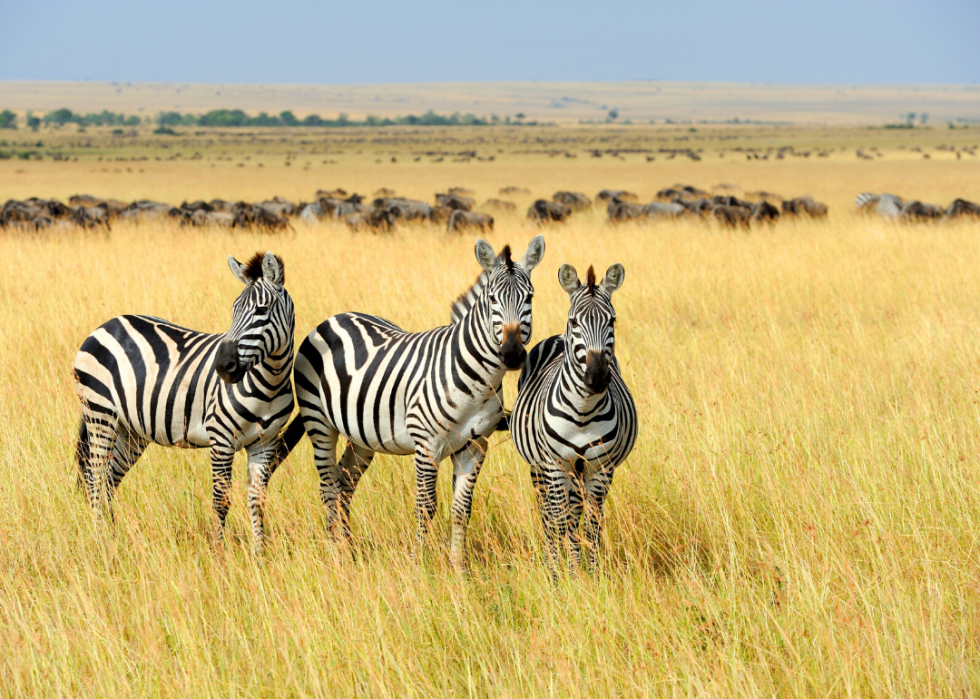
Why do zebras have stripes?
Zebras, which are the only striped horses, typically have dark skin with both black and white fur forming the stripes. Scientists have wondered why zebras evolved their stripes, predicting that it might have been to confuse predators, for social reasons, to regulate body temperature, or to put off biting, disease-carrying horseflies.
The last possibility seems likely, as scientists have found low, if any, traces of zebra blood in the diets of cohabiting horseflies, and also observed that flies don't often land on striped surfaces. From studying different horse and zebra species, scientists learned that the amount of striping is associated with horsefly population: The zebra herds that tended to have more stripes lived in areas abundant with horseflies.

How and why do termites build their mounds?
Termites routinely build mounds to serve as ventilation systems for the underground colony. These mounds, which can be as tall as 8 meters depending on the species, facilitate air flows, circulating pheromone-like chemicals that influence termite behavior.
Scientists are still trying to figure out the evolution of mound-building and why termites were some of the first animals to form societies. One study suggests that Australia's termites originally nested in trees and gradually evolved to feed on grass instead of wood, descending to build mounds on the ground as Australia's landscape changed from forest to grassland.
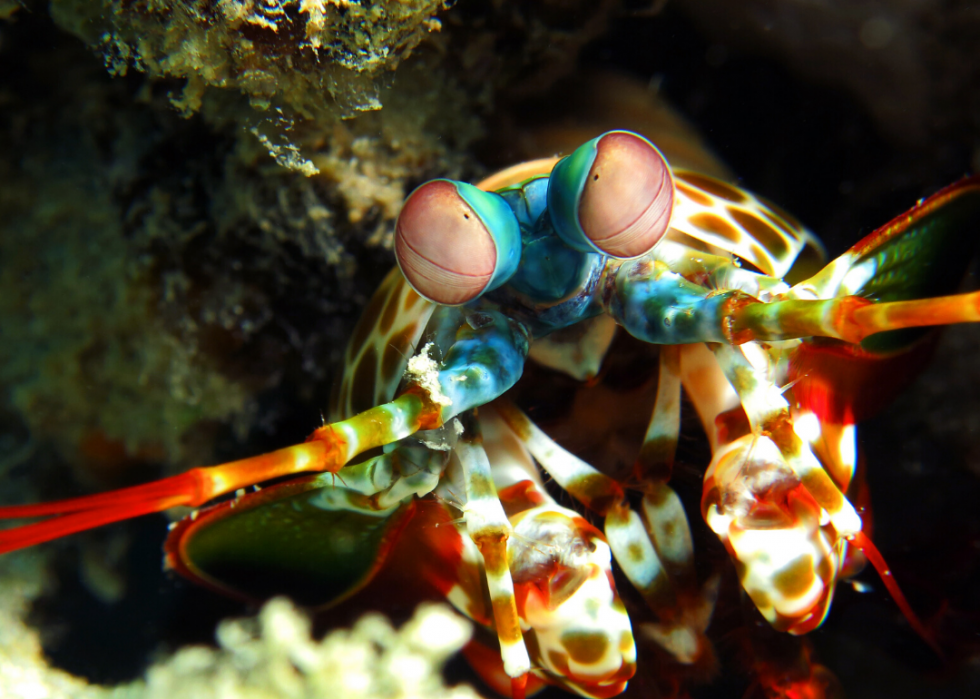
What does a mantis shrimp see?
Out of all the known animals, the mantis shrimp has the most color receptor cells. While humans have three colour receptors (which, in combination, result in all the visible shades humans see), mantis shrimp have 12 to 16—they can even see ultraviolet, polarized, and infrared light.
Despite the fact that they have so many different receptors, their visual system works in a unique way compared to other animals, and it's unlikely that the shrimp see an unimaginable rainbow. Mantis shrimp appeared around 400 million years ago, and have been evolving their visual system ever since. Their visual abilities help them communicate with other mantis shrimp and mate, as they can display patterns visible only to other members of the species.

How did humans evolve?
Humans began to emerge about 6 million years ago in Africa, evolving from a common ancestor of humans and apes. Over the course of the past several million years, there have been about 15–20 different early human species, and last April, scientists announced the discovery of a new one, Homo luzonensis that lived on the Philippine island of Luzon between 50,000 and 67,000 years ago.
Modern humans, Homo sapiens, are the only surviving species and appeared about 300,000 years ago. Scientists' understanding of how humans evolved continues to change as they discover new fossils, reanalyze old ones, and harness new genetic technologies.




